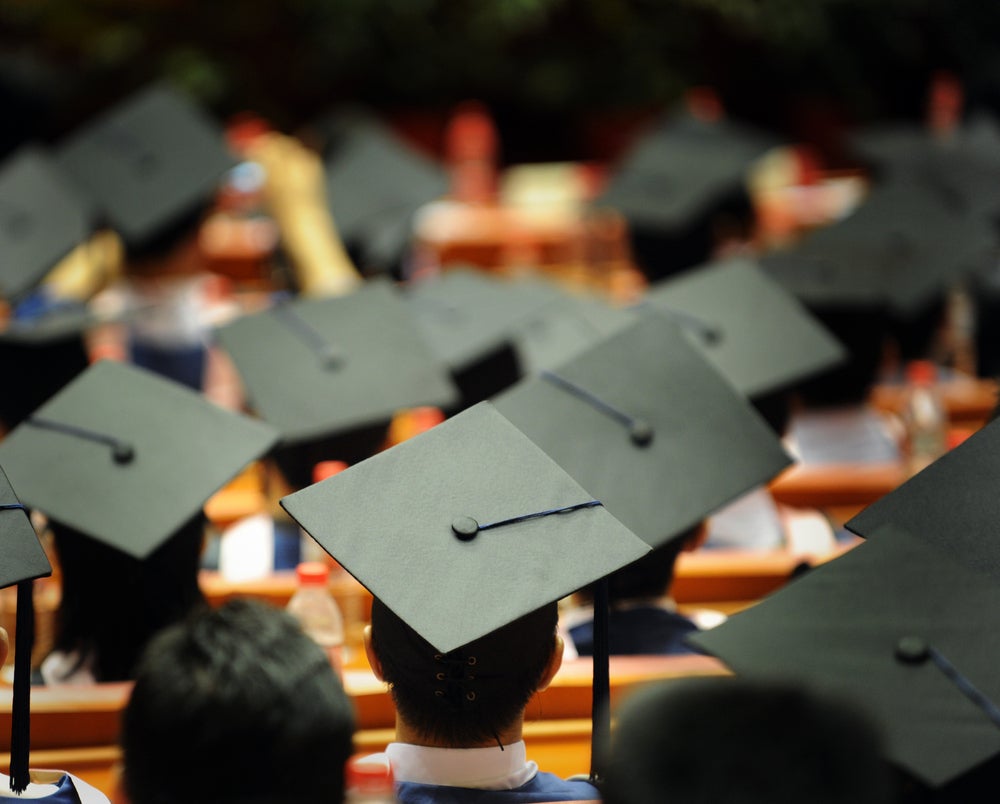
The cost of college at public universities has risen 27 percent over the last 5 years, making the borrowing for high education a necessity for many students. Combine high tuitions with a tough job outlook over the past few years: many students were ill equipped to repay their student loans.
When a student loan goes unpaid for 270 days, the loan is put into default. One out of every ten Americans has defaulted on a student loan, and 7.8% of all student loan debt is in default. To get a student loan out of default, the choices are loan rehabilitation and loan consolidation; the Department of Education contracts out the collection of payments in these programs to private debt collectors. Payouts from the Department of Education to their contracted debt collectors topped 1 billion dollars in 2014, and this figure is projected to go up to $2 billion by 2016. The Department of Education collects more funds on defaulted loans through loan rehabilitation than any other collection method; one reason: collection agencies are given financial incentives to resolve defaults by rehabilitation rather than loan consolidation.
The Consumer Financial Protection Bureau (CFPB) issued a report in March 2015 citing abuses in the student loan debt collection industry, specifically during the loan rehabilitation process.
The Loan Rehabilitation Process
Once a consumer defaults on a student loan, if he or she has not been through the rehabilitation process previously, he or she is eligible for rehabilitation. The consumer must contact the Department of Education or whatever debt collection company to which the loan has been assigned. The identity and contact information of the loan servicer may be determined by visiting http://www.myeddebt.com/borrower.
Upon contacting the loan servicer (the collection agency), the ex-student negotiates the amount of the payment, typically 1 percent of the loan balance. To successfully complete the rehab process, nine negotiated equal payments must be made over a ten-month period, and these payments must be made within 20 days of the due date. For Perkins loans, the payments must be made within 15 days from the due date. Rehabilitation is a one-time process: if the consumer defaults on his or her student loans again, he or she is not eligible for rehabilitation. Once the loan rehabilitation process is completed, loan payments resume at the payment amount and interest rate they were at before loan default.
The one advantage to loan consolidation over rehabilitation is that loan payments may be reduced through new terms and new interest rates that are potentially lower than the previous loan. With rehab, payments made during the rehabilitation may be lower than the original loan payment, but once a loan is rehabbed, the consumer may be stuck with the same high loan payments that led to trouble.
Upon completion of rehabilitation, the consumer is eligible for loan consolidation; however, he or she will be paying collection fees twice: once for rehabbing the loan and once for consolidating the loan. A consumer may get out of default directly through loan consolidation, but debt collectors, possibly due to the potential double collection of fees and incentives by the Department of Education, do not readily offer this option to consumers.
Debt Collectors Made False Credit Restoration Promises
In their report, CFPB examiners found that some student loan debt collectors made deceptive statements to consumers with defaulted federal student loans regarding their credit rating. Consumers were told if they enrolled in a rehabilitation process, the defaulted loan would be removed from their credit report and their credit would be “restored”. Once a loan is successfully rehabbed, it’s true that the default is removed from the credit report, however, all the missed payments (including 90 day and 120 day lates) on the student loans are still reported for up to 7 years, a significant hit to consumer credit scores.
Debt Collectors Forced Students to Pay Electronically
Collectors misinformed consumers by telling them that they could not participate in the rehabilitation program unless they paid by credit card, debit card, or ACH payments, when, in fact, no such requirement existed. Signing up to pay electronically is more convenient for the debt collector; the money is guaranteed to come in each month. The money automatically debits from the consumer’s account, whether or not funds or credit limits exist to cover the payment. If there is an overdraft or over-the-limit fee for processing a transaction, it can wind up costing $30 in additional fees per payment to the consumer. In some cases, borrowers willing to pay, but not pay electronically, had their payments turned away.
Cap on Collection Fees for Rehabbed Student Loans
On rehabbed and consolidated student loans, the limit on fees is 18% of the loan balance. The good news: this can actually be a reduction in the fees owed due to a defaulted student loan. If the consumer owes more than 18%, the rehabbed or consolidated loan fees will be adjusted downwards. All the fees collected due to loan consolidation or rehabilitation are added to the loan principal at the start of the process.
While no debt collectors were accused of overcharging on rehabbed loans, a GAO report noted that collection agents told some consumers that a down payment was required to start a rehab program when it was not. Some debt collectors insisted on larger than required minimum payments and failed to disclose lower-cost options. Collectors are typically rewarded for the amount of money collected rather than the number of loans on which they receive payment, so insisting on larger payments is a way for a collector to get a fatter paycheck. All the law says is that the payments must be “reasonable and affordable”, so the amount of the payment is up to interpretation.
Misleading Consumers During Debt Collection is Illegal
Under the Fair Debt Collections Practices Act (FDCPA), making false or misleading statements to debtors is illegal. The CFPB may levy fines or otherwise publicly identify and cite the debt collectors. The CFPB said the “relevant financial institutions have undertaken remedial and correction actions regarding these violations, which are under review by the Bureau.” No lawsuits have yet been filed, but some debt collectors have not had their contracts renewed with the Department of Education. One aspect that has not been addressed: are incentives paid to debt collectors for rehabbing loans over consolidating them a form of misleading the consumer as well?
Questions about credit repair?
Chat with an expert: 1-800-255-0263






